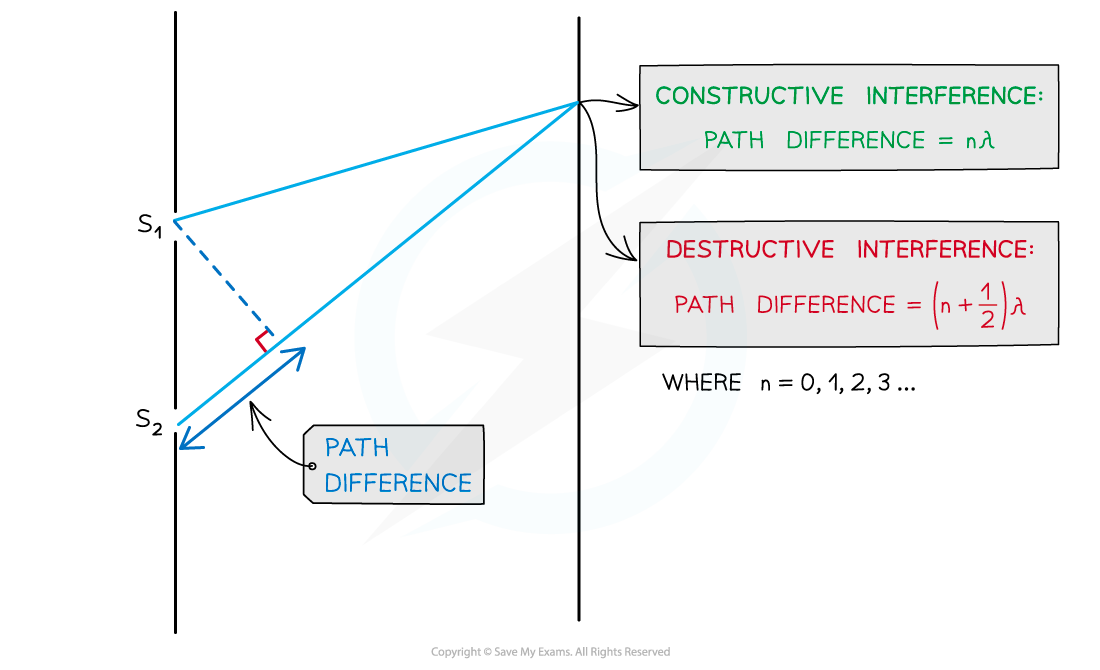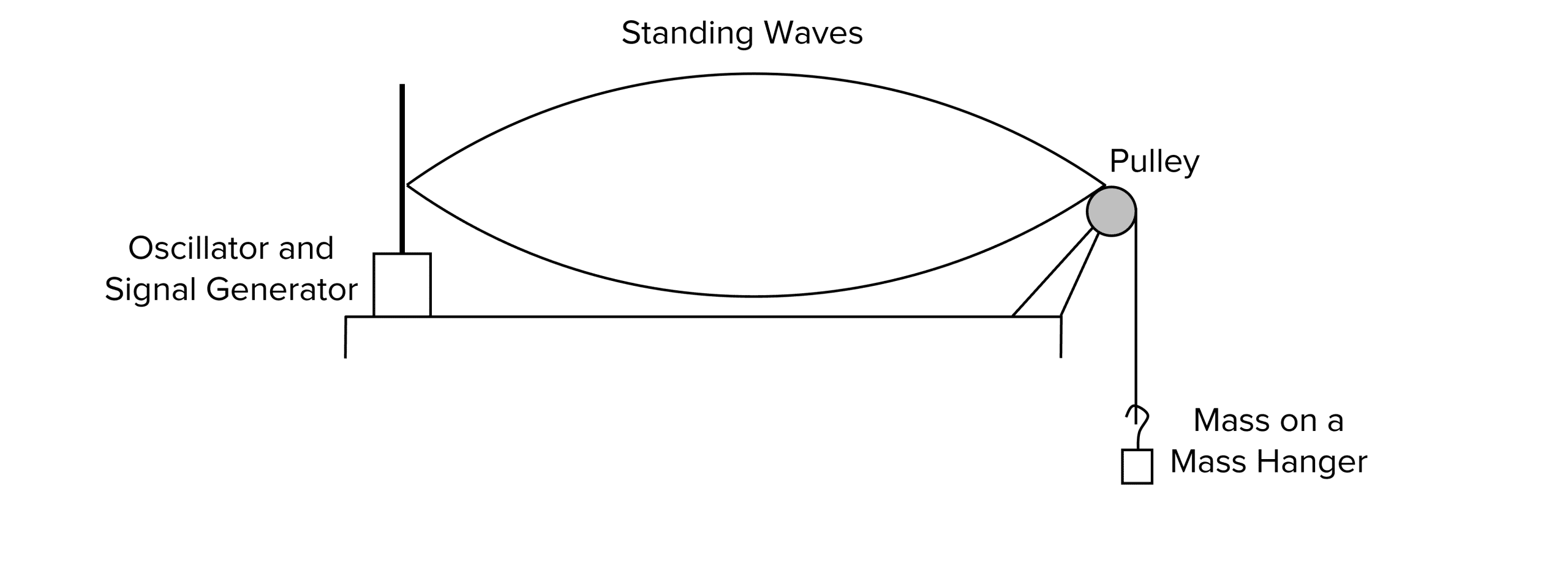Physics Definitions Unit 2
1/54
Earn XP
Description and Tags
Units 1, 2, 3, 4, 6
Name | Mastery | Learn | Test | Matching | Spaced |
|---|
No study sessions yet.
55 Terms
Define ‘electric current’ (conduction of electricity)
Flow of electrons around a circuit
Which way do electrons flow? (conduction of electricity)
from negative to positive
Which was does CONVENTIONAL CURRENT flow? (conduction of electricity)
from positive to negative
Define ‘current’ (conduction of electricity)
rate of flow of charge (I=Q/T)
Define ‘electron drift velocity’ (conduction of electricity)
small net velocity causing electrons to move in one direction.
What is the ‘Thermal motion’ in electrons? (conduction of electricity)
The normal, random and very fast movement of electrons
What is the ‘E-field motion’ in electrons? (conduction of electricity)
The motion of electrons due to the influence of an electric field, resulting in a directed flow of charge from negative to positive
What is the drift velocity made up of? (2 components) (conduction of electricity)
Thermal Motion and E-Field Motion
Define ‘potential difference’ (conduction of electricity)
The energy transferred per unit charge by charges in moving between two points in the circuit
Define ‘Electro-motive force’ of a cell (conduction of electricity)
The energy transferred by the cell to unit charge in passing through the cell
Define ‘resistance’ (resistance)
opposition of the circuit or potential difference across a wire per unit charge
What are the factors that effect the resistance of a wire? (4)(resistance)
Length, CSA, Temperature, Material
Define ‘ohm’ (resistance)
Resistance of a conductor when a a pd of 1 volt across it produces 1 amp through it
Name 3 types of semiconductors (resistance)
diode, LDR, thermistor
Define ‘superconductor’ (resistance)
A material that suddenly loses ALL electrical resistance at low temperatures
What is the temperature at which superconductors resistance is 0? (resistance)
the superconducting transition temperature
Name 3 types uses for superconductors (resistance)
Particle accelerators, Tokamaks, MRIs
Define ‘photoelectric effect’ (photons)
The emission of electrons from a metallic surface when electromagnetic radiation of a high enough frequency is incident on it
Define ‘photon’ (photons)
packet of e/m radiation
Define ‘work function’ (photons)
Minimum amount of energy required to remove an electron from a material's surface.
Define ‘energy level’ (photons)
particular energy value of an electron
What are the 2 types of circuits? (DC Circuits)
Series and Parallel
Define ‘Kirchoff’s first law’ (DC Circuits)
At any junction in a circuit, the sum of the currents arriving at the junction is equal to the sum of the currents leaving the junction
Define ‘Kirchoff’s second law’ (DC circuits)
In any loop (path) around a circuit, the sum of the emfs is equal to the sum of the pds
Define ‘terminal pd’ (DC Circuits)
total energy output of the cell (including internal resistance)
Define ‘Ohms Law’ (resistance)
The pd across a wire is proportional to the current, provided the temperature and dimensions of the wire remain constant
Define ‘transverse wave’ (waves)
oscillations are perpendicular to the direction of energy transfer
Define ‘Longitudinal Wave’ (waves)
oscillations are parallel to the direction of energy transfer
Define ‘progressive wave’ (waves)
transfers energy without transferring matter
Define ‘displacement’ (waves)
The distance moved by a particle from its equilibrium position
Define ‘Wavelength’ (waves)
The distance between consecutive repeating parts of a wave
Define ‘frequency’ (waves)
The number of waves passing a fixed point per second
Define ‘velocity’ (waves)
The distance travelled per unit time by a wave
Define ‘Amplitude’ (waves)
The maximum displacement of a particle in a wave
Define ‘Period’ (waves)
The time taken for one wave to pass a fixed point
Define ‘antiphase’ (waves)
When a wave is 180° out of phase
(or one wave is leading another by 90°
Define ‘the principle of superposition’ (waves)
The resultant displacement at a point is the vector sum of the individual wave displacements (the waves then pass through each other as if nothing happened’
Define ‘constructive interferance’ (waves)
When two waves meet and their energies add together temporarily
Define ‘Deconstructive interference’ (waves)
When two waves meet and cancel each other out temporarily
Define ‘coherant waves’ (waves)
waves that have a constant phase difference
they are normally produced from the same source
Define ‘path difference’ (waves)
the difference in distance travelled by two waves in order to arrive at a single point


How many wavelengths is this stationary wave on a string? (waves)
½

How many wavelengths is this stationary wave in a tube? (waves)
¼
Define ‘node’ (waves)
points on two stationary waves in antipahse, so that destructive interference occurs
Define ‘anti-node’ (waves)
points on two stationary waves in phase , so that constructive interference occurs
When are stationary waves formed? (waves)
when identical waves from opposite directions superimpose
Difference between progressive and stationary waves (amplitude)
Progressive
constant amplitude (or amplitude decreases with distance)
Stationary
max amplitude at anitnode, gradually decreasing to zero at node
Difference between progressive and stationary waves (Energy)
Progressive
transfers energy without transferring matter
Stationary
energy usually fixed between 2 points
Difference between progressive and stationary waves (Phase)
Progressive
Phase lag increases with distance from source
Stationary
in a loop, everything in phase. Next loop is in antiphase
Define ‘absorption’ (lasers)
electron absorbs a photon and jumps to a higher energy level
Define ‘spontaneous emmission’ (lasers)
Electron randomly drops to ground state and releases a photon of the same energy (random direction and phase)
Define ‘Stimulated emission’ (lasers)
Electron is stimulated to drop from an excited state by an incoming photon and will lead to LIGHT AMPLIFICATION
Define ‘light amplification’ (lasers)
When one incoming photon results in 2 photons being emitted (same energy, frequency, direction and phase)
Define ‘population inversion’ (lasers)
more electrons in higher levels than lower ones
Define ‘pumping of electrons’ (lasers)
supplying electrons with energy to jump to higher energy levels